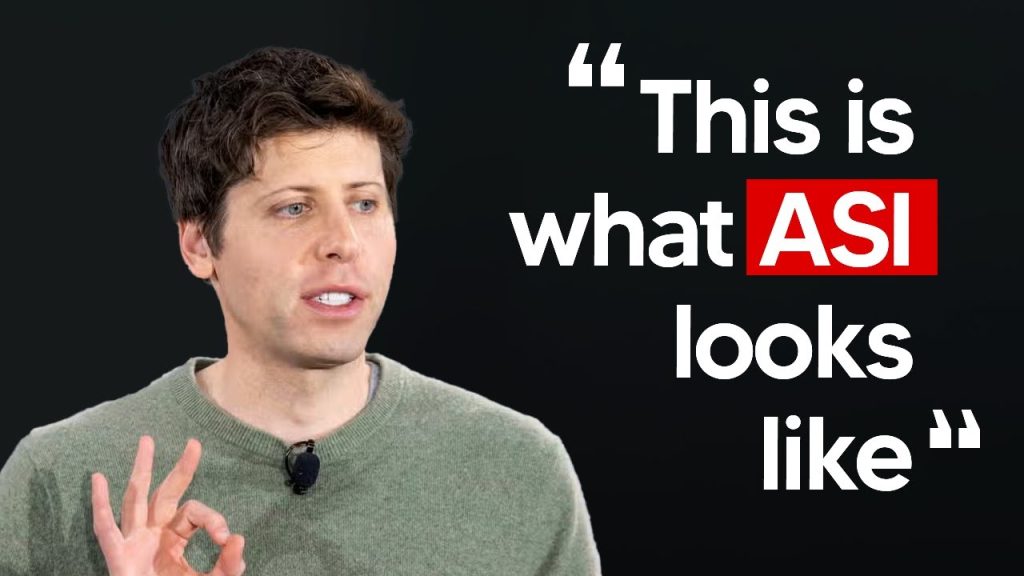Artificial Intelligence Shaping the Future of Scientific Discovery

Artificial Super Intelligence might sound like a sci-fi movie plot, but we’re closer than you think. MIT’s recent research reveals AI’s power in accelerating scientific breakthroughs.
This paper from MIT highlights AI’s potential to transform society by speeding up scientific discovery. Imagine compressing decades of progress into just a few years.
The Role of AI in Scientific Discovery
AI isn’t just a fancy tool; it’s revolutionizing how we approach science. From idea generation to commercialization, AI is shortening the typical 10 to 20-year invention process.
AI helps scientists create new materials with specific properties like flexibility and strength. It then prioritizes which designs hold the most promise, cutting down on time-consuming trial and error.
AI-Driven Innovation at OpenAI
According to insiders, OpenAI is on the verge of reaching new milestones in AI innovation. Their work could lead to amazing inventions much faster than ever before.
The next frontier is AI inventors and innovators, a phase dubbed ‘sci-fi stuff’ by experts. This approach promises to transform society even further.
The Compressed 21st Century
Imagine cramming 75 years of progress into just 5 to 10 years; it’s mind-blowing.
This rapid advancement, referred to as the ‘compressed 21st century,’ could lead to breakthroughs in biology and medicine, radically altering our lives.
Thanks to AI, we could see the elimination of cancer and infectious diseases. There’s even talk of doubling human lifespans.
Deep Learning in Material Science
Over the past decade, deep learning has drastically altered material science.
Publications in this field have surged since 2015 due to AI, showing its increasing influence.
This trend aligns with technological advances in AI. Graph neural networks are now making material discovery faster than ever.
Graph Neural Networks and Material Design
Graph neural networks (GNNs) are groundbreaking in material design. They create 3D maps of atoms, understanding materials at an atomic level. This tech predicts how materials will behave based on certain features.
GNNs generate new material structures by inputting target features like strength or flexibility.
The Three-Step AI Training Process
The AI undergoes pre-training, learning from known materials to create novel designs. It fine-tunes its learning for specific features, and it continuously improves through reinforcement.
Scientists then synthesize the materials, bolstering AI’s predictive accuracy. This loop makes for efficient, targeted development.
AI’s Impact on Researchers and Innovation
The arrival of AI has changed how scientists view their work, making them more productive but also raising concerns.
As AI tools become more central to the research process, some scientists worry about job security and the need for new skills.
The Future of AI and Super Intelligence
The prospect of super intelligence isn’t just dreams; it has early indicators. AI is already being used for complex scientific tasks.
Rather than mundane tasks like taxes, super intelligence will likely focus on groundbreaking discoveries.
Changing Attitudes Towards AI
Researchers have had mixed reactions to AI, feeling more productive but worried about their future roles.
Some think their education might be outdated in the face of AI’s capabilities.
Interacting with AI has led scientists to realize its potential, even as it changes their work landscape.
Significance of AI in Scientific Advancements
The number of new materials discovered has risen sharply with AI’s help, leading to more patents and prototypes.
Increased productivity frees researchers to focus on evaluating and testing, not brainstorming from scratch.
The Broader Impact of AI Integration
AI in scientific research delivers faster innovation cycles and better results.
The seamless introduction of AI into research fields has allowed for expanded creativity as AI takes over repetitive tasks.
This revolution isn’t just an experiment; it’s setting the stage for a future where AI and humans work hand-in-hand for better outcomes.
As AI continues to evolve, its role in science and society will only grow. We stand on the brink of unparalleled discoveries.
With AI’s accelerating influence, the next decade promises to reshape the world as we know it.







